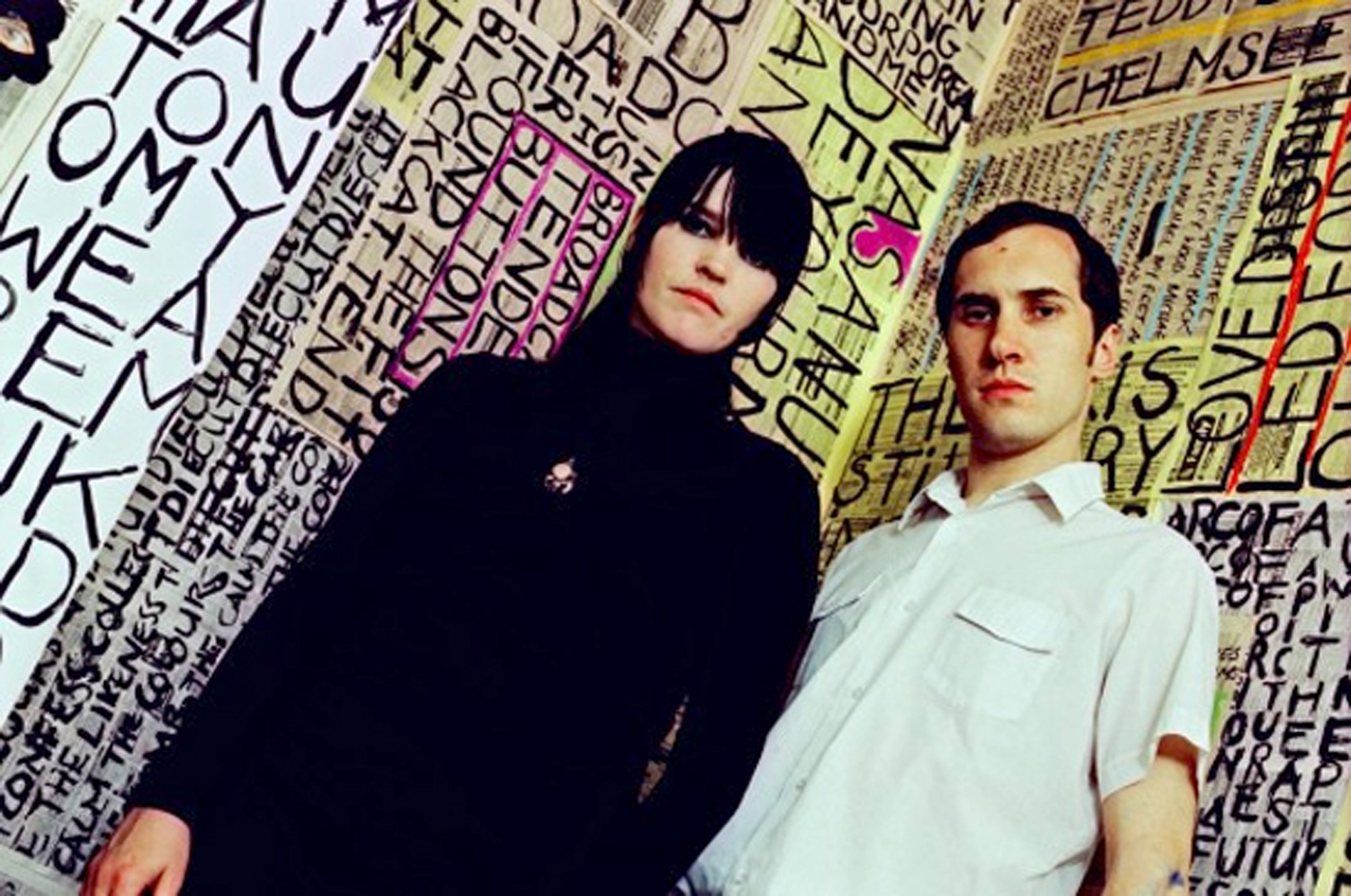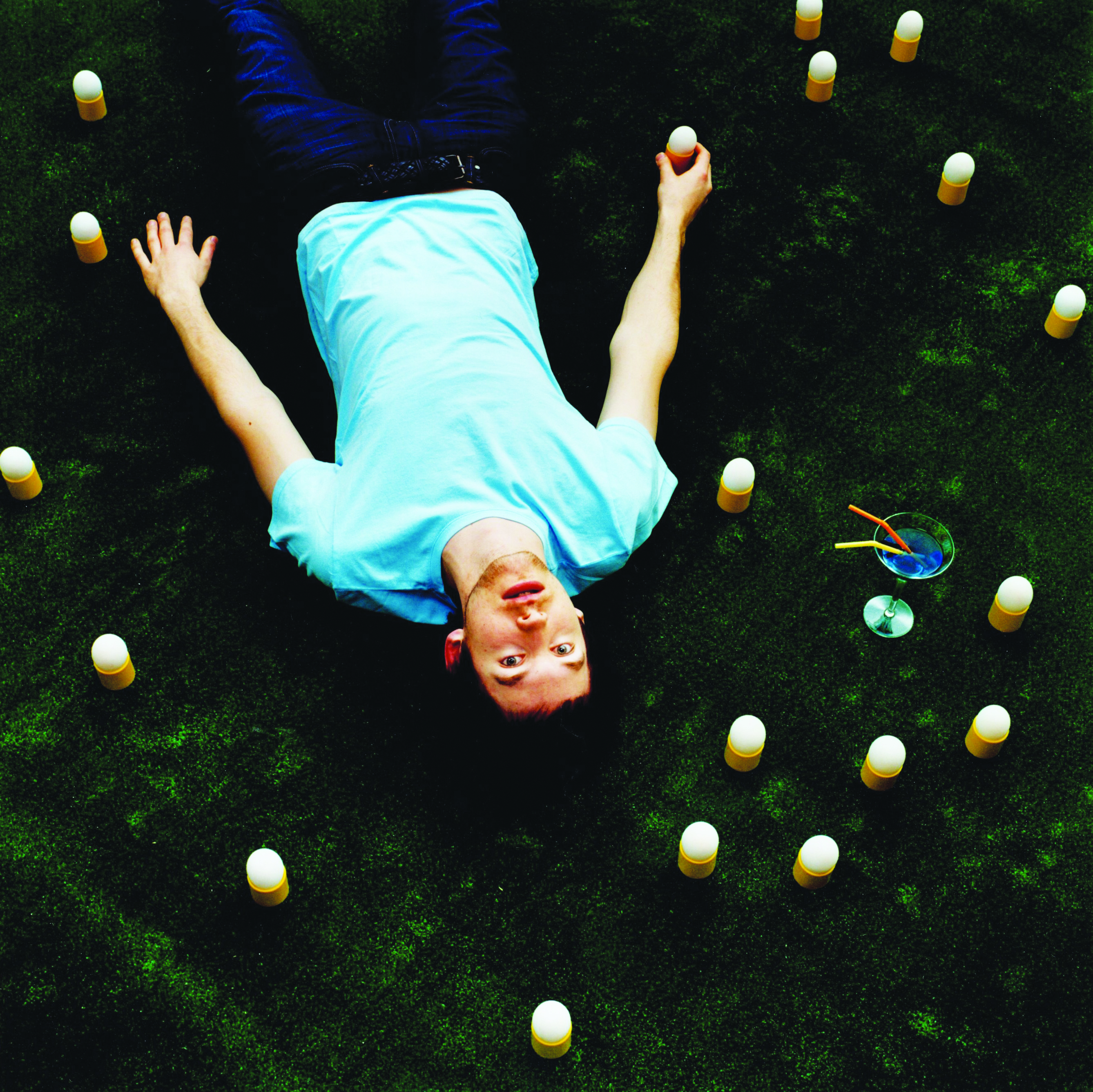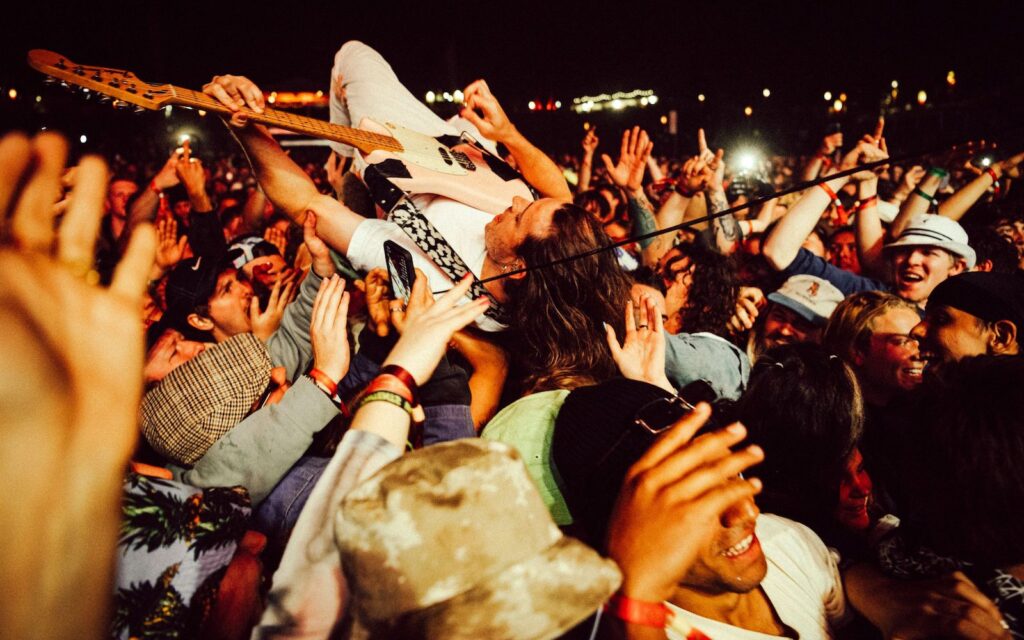The temptation to hyper-analyse a band such as Broadcast is overwhelming.
The temptation to hyper-analyse a band such as Broadcast is overwhelming. To some extent it’s the band’s own fault – the indulgence of 1960s sonic explorations, the marriage between pop, rock and electronic effects and the invocation of obscure and alluring literary statements is hardly the stuff of a dumb rock band. Yet at the heart of Broadcast resides an interest in pop and melody – and the odd dream ritual.
Broadcast were conceived in 1995 at a time when British popular music was dominated by a plethora of mono-syllabic bands: Suede, Blur, Pulp, Ride. The original line-up comprised Trish Keenan on vocals, Tim Felton on guitar, James Cargill on bass and Roj Stevens on keyboards, with various drummers filling the drum position. Broadcast’s first album, The Noise Made By People, was released in 2000, followed by Haha Sound in 2003 (the band also released a series of EPs over that period).
By the end of the recording of the band’s third album, Tender Buttons in 2005, Broadcast had been refined to a duo, with Keenan and Cargill the only permanent members. In 2009 Broadcast collaborated with visual artist (and close friend) Julian House (aka The Focus Group) on the Broadcast And The Focus Group Investigate Witch Cults Of The Radio Age album.
At the moment of Broadcast’s conception, Keenan says the band were – not surprisingly – a group of friends sharing a common love of a particular style of music. “I guess we just had a common love of psychedelic music,” he recalls. “We were all friends. We came together at a time in Britain when there had been the Britpop explosion, and we came at the tail end of that.”
Broadcast’s interest in, and indulgence of electronic music – including various simulated electronic space effects – set it aside from the average Brit Pop band. “We also really loved electronic music,” Keenan explains. “We didn’t quite fit the mould, partly because we also really liked electronic music.” The band took the psychedelic edges of the Britpop musical aesthetic and married it with the electronic sounds of the then-burgeoning house music scene. “It was a very unstructured thing,” Keenan observes. “We combined melody with the electronic elements that came out of house music. But it wasn’t necessarily a conscious thing at the time,” she argues.
The interplay between melody, psychedelia and electronica at the heart of Broadcast draws liberally from one of the idols of the band: cult 1960s band The United States Of America. Formed in the mid-1960s and centred around the eclectic musical musings of college graduate Joe Byrd, and fronted by Byrd’s former girlfriend Dorothy Moskowitz, The United States Of America were, in many respects, the archetypal cult psychedelic outfit, releasing a single (eponymous) album in 1968 before succumbing to a combination of personality disputes, artistic disputes and the-then obligatory arrest for drug possession. Save for the passionate research of musicologists such as Richie Unterberger, The United States Of America remain at the fringes of contemporary musical interest.
Keenan figures Broadcast’s attraction to The United States Of America stemmed from the interplay between the pop and rock underpinnings and the band’s use of ring modulators, volt-control oscillators and voltage control filters to create weird and interesting electronic effects. “We really liked the combination of rock and electronic music – that meant something different. There’s a sinister inter-marrying throughout the whole album,” she muses. “I also loved Dorothy Moskowitz’s voice, as well as the string arrangements. The music had a real identity about it.”
While The United States Of America are easily categorised as psychedelic music, the subsequent construction and manipulation of the term ‘psychedelia’ – not to mention its occasional association with largely uninspiring and linear popular music –renders it a term difficult to apply to contemporary artists. Keenan sees psychedelic music as a branch of popular music, and potentially applicable to Broadcast. “I think psychedelic music is pop music,” she argues. “It’s been the full spectrum of starting points. Sometimes it’s the words on the paper, but it really doesn’t matter. If the process is true, then you can start wherever. It’s only the doing of it where you can find the song. And the end result is a particular sound.”
While Broadcast indulges the exploratory and inventive aspects historically associated with psychedelia, Keenan says the band’s live show is far from a free and loose performance. “It’s quite scripted – there’s really very little looseness and improvisation,” she explains. Broadcast’s upcoming tour of Australia will comprise three distinct elements, each of which are intended to explore different artistic angles, ranging from audio-visual to pop to what Keenan refers to as a ‘dream ritual’. “On tour the live set will be made up of three parts. The first part of the set will be doing a performance done to a film made by our friend Julian [House]. That will last about 10 or 15 minutes. The second part of the set explores the classic pop song, and the third part will be a dream ritual.”
The concept of a ‘dream ritual’ conjures up images of new age types dancing around fires, replete with intriguing pagan discourse. Broadcast’s dream ritual isn’t quite so Stonehenge, but it might just be on the same wavelength. “It’s an exploration of the folk ritual,” Keenan explains. It’s within the final act of Broadcast’s live show that she sees Broadcast exploring the interplay between musical, visual and philosophical elements. “It’s less improvised than the other parts of the live set, and more instinctual. But overall within those three modules there’s a reasonable amount of improvisation.”
BROADCAST play The Hi-Fi on December 9 – tickets from thehifi.com.au – and the Meredith Music Festival on December 10







